Renaissance man: Jan Fabre’s sculptural dialogue with Florence
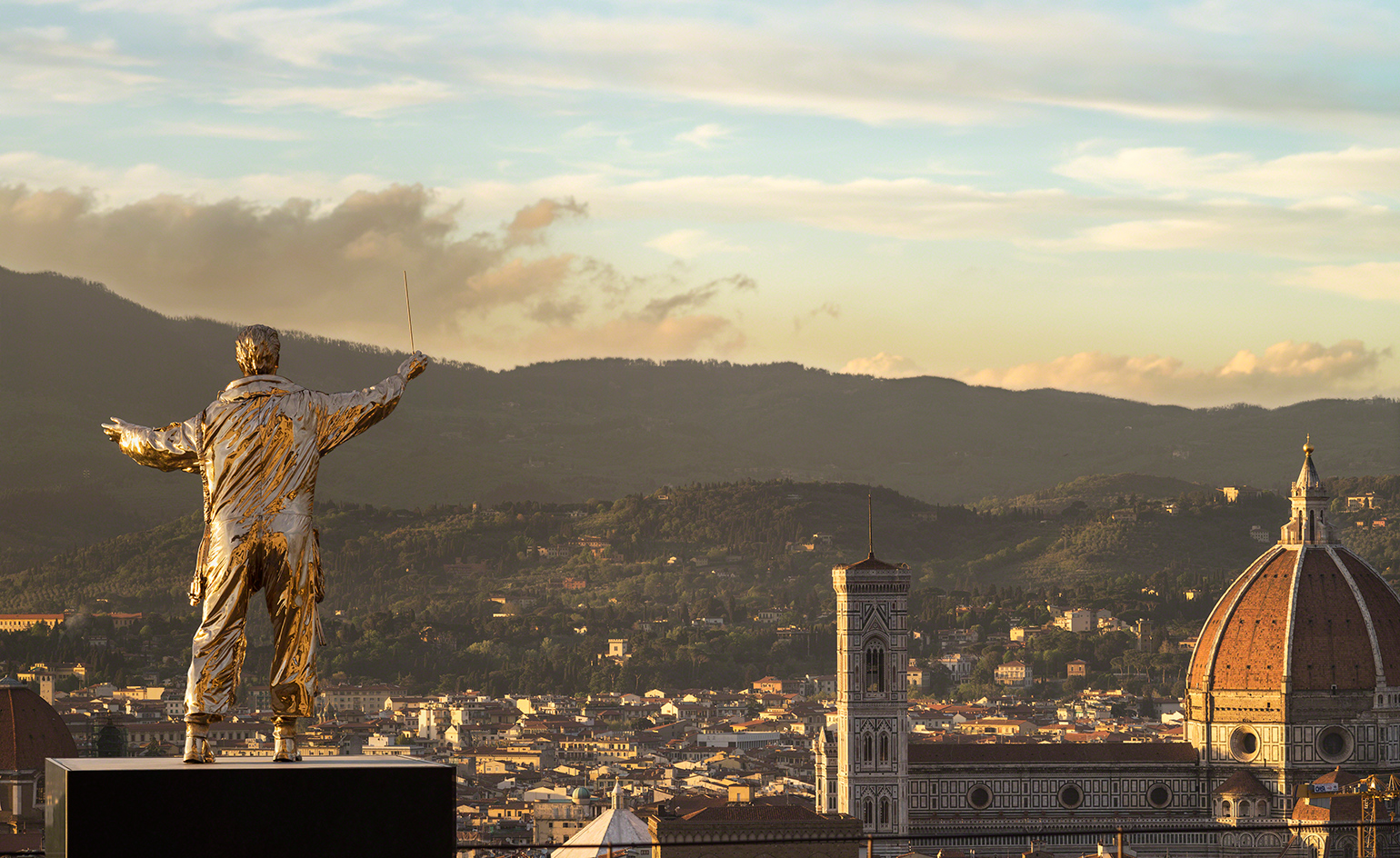
This summer and autumn, three impressive locations in Florence – steeped in history and prominent for their centuries-old fine art standings – will be temporarily redefined by the work of Jan Fabre.
In and around the former Medici strongholds of Forte di Belvedere, Piazza della Signoria and Palazzo Vecchio, Fabre builds a rapport with the strong political and religious symbols this cradle of the Renaissance is strewn with, reactivating them through his own work. 'I think I was invited because, to the organisers, I am a kind of contemporary Renaissance artist. I sculpt, I draw, I write, I do solo performances and direct a theatre company,' says Fabre.
Florence gladly reminds itself of its Renaissance spirit, and the relation between Fabre’s work and the historical artifacts is touching in its humanity and universalism. Amid the equestrian monuments on the Piazza della Signoria, Fabre’s Searching for Utopia – his own likeness perched upon a giant tortoise – emphasises the military bravado surrounding it. Next to Michelangelo’s David, The man who measures the clouds, speaks of a wholly different type of idealism.
At the Forte di Belvedere, Fabre's bronze Spiritual Guard sculptures look out over the Florentine valley from their lookout posts; while his iridescent scarab beetle pieces hold their own between the colourful frescoes of the Palazzo Vecchio – his sizeable Globe especially, a striking echo of historical cartography in the Medici Hall of Maps.
A new work performed live on the Piazza – a video of which is shown at the Forte di Belvedere – displayed a completely different idea, that of the artist-as-worm. 'If you remove a worm from the earth, the earth deteriorates,' Fabre explains. 'If you remove the artist from society, society deteriorates.'
Fabre’s work, in such an intimate relationship with Florence’s landmarks, is set to do the opposite.

In and around the former Medici strongholds of Forte di Belvedere, Piazza della Signoria (pictured) and Palazzo Vecchio, Fabre builds a rapport with the strong political and religious symbols the city is strewn with, reactivating them through his own work
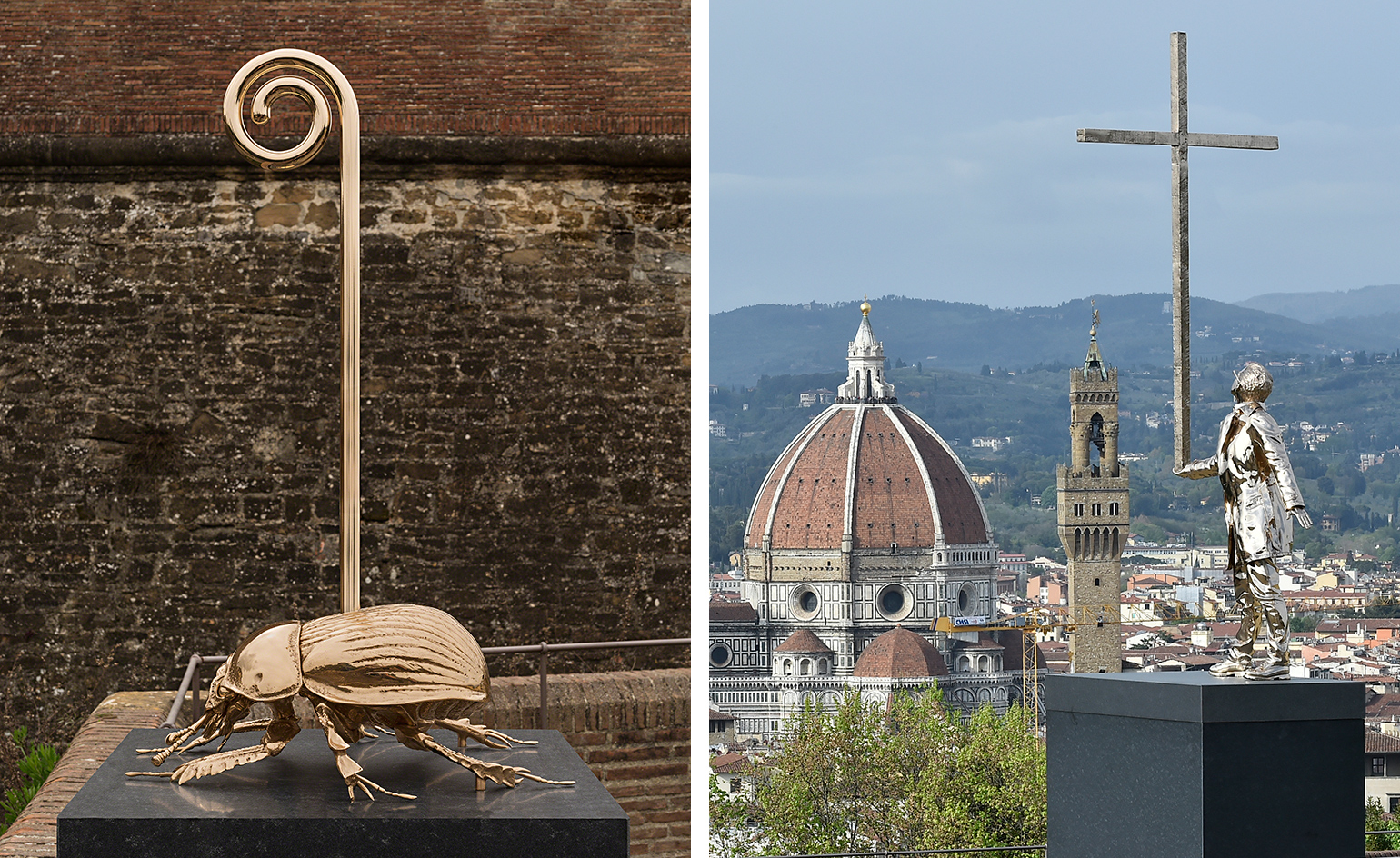
Fabre notes, ’I think I was invited because, to the organisers, I am a kind of contemporary Renaissance artist. I sculpt, I draw, I write, I do solo performances and direct a theatre company’. Pictured left: Holy dung beetle with walking stick, 2012.
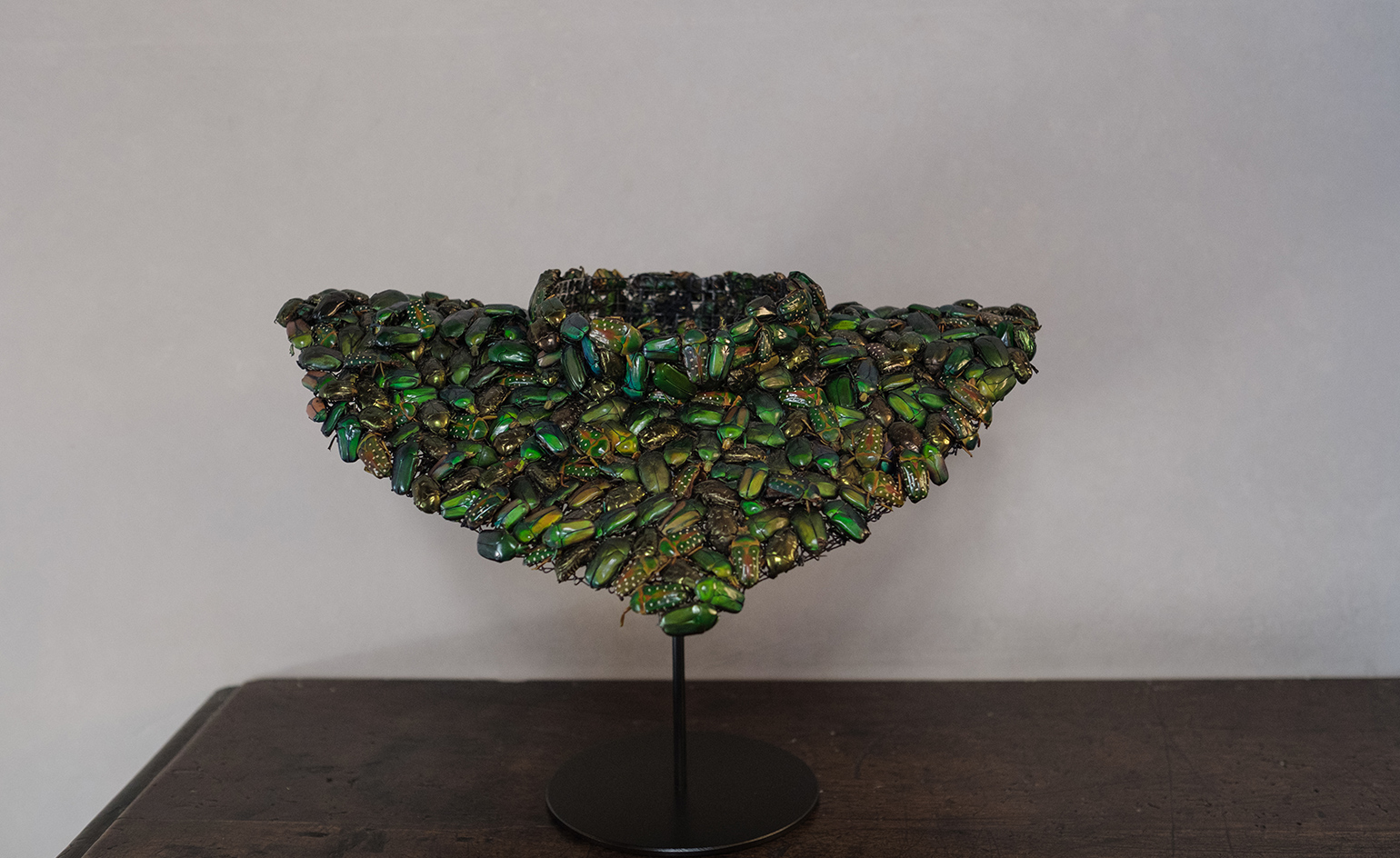
Florence gladly reminds itself of its Renaissance spirit, and the relation between Fabre’s work and the historical artifacts is touching in its humanity and universalism

Fabre’s iridescent scarab beetle pieces hold their own between the colourful frescoes of the Palazzo Vecchio.
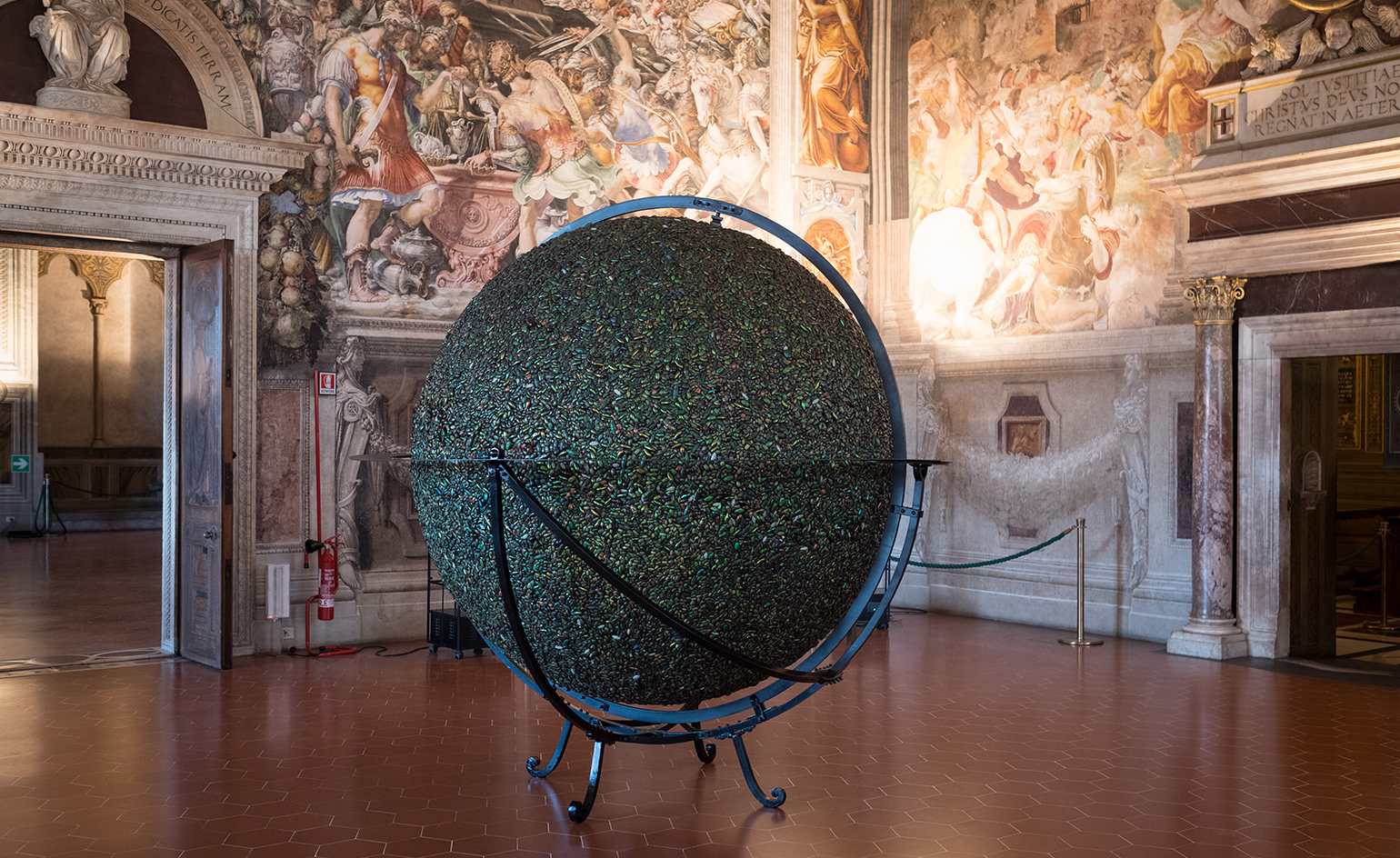
Fabre’s sizeable Globe is a striking echo of the historical cartography in the Medici Hall of Maps.
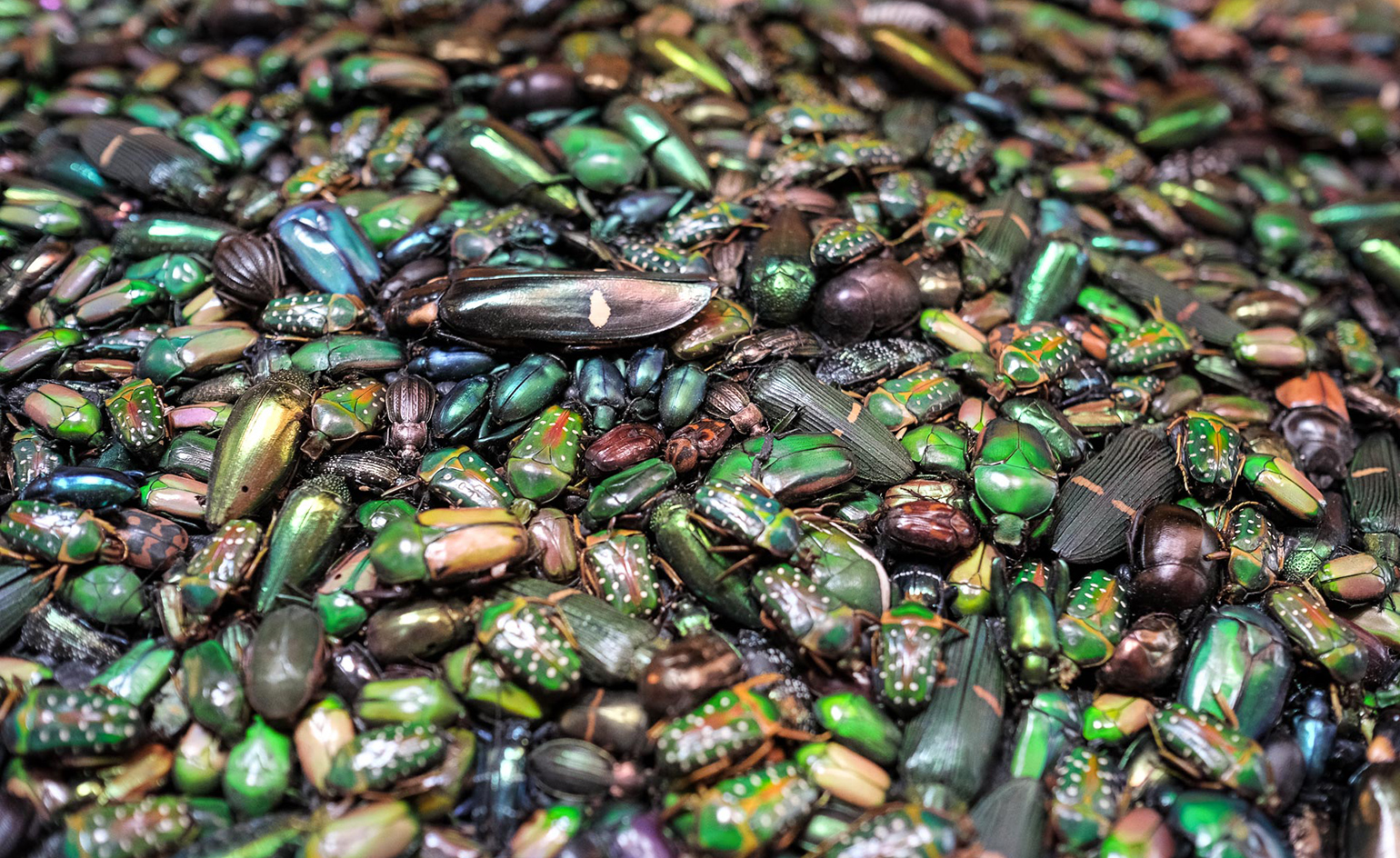
Globe (detail), 1997
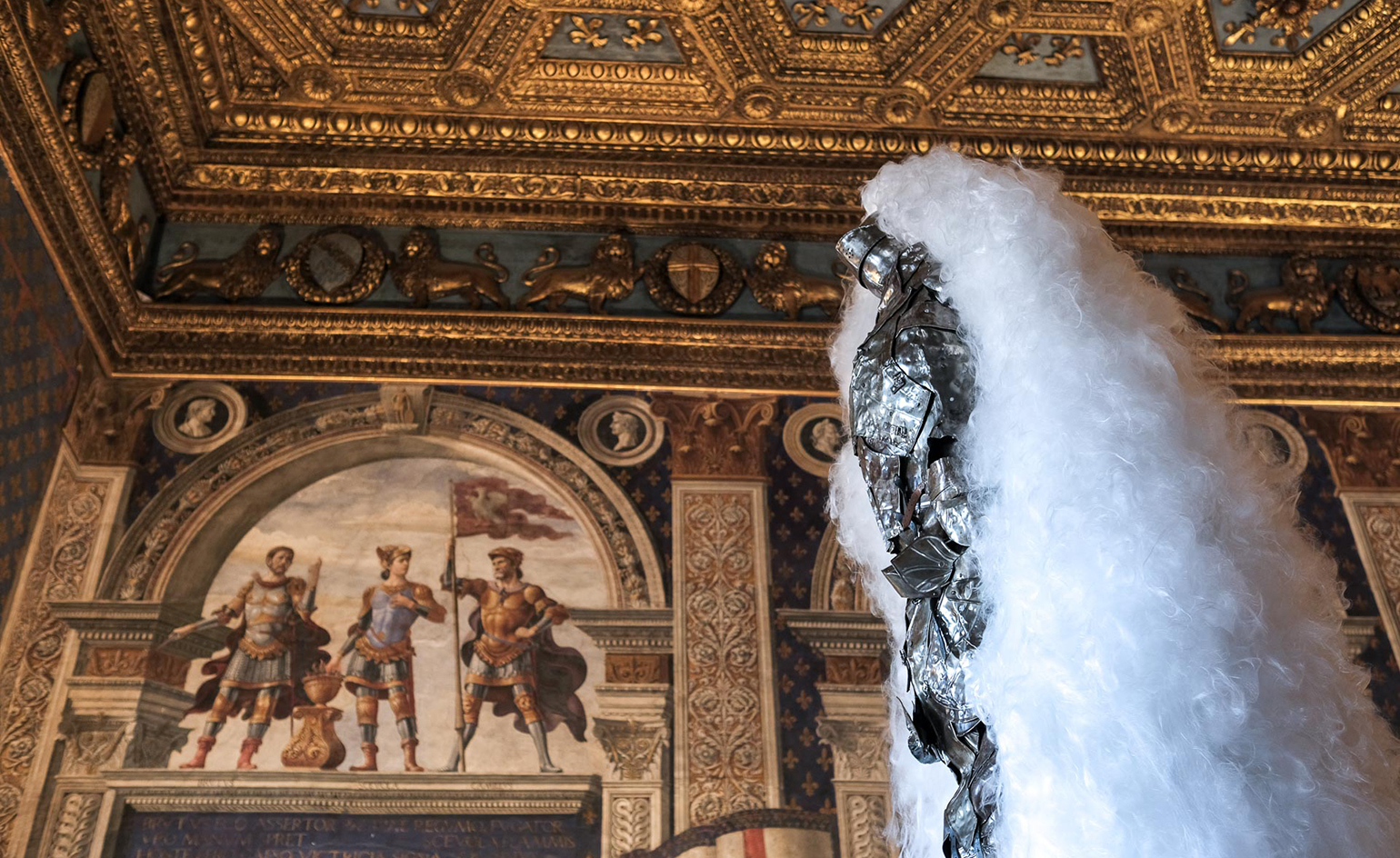
’If you remove a worm from the earth, the earth deteriorates’, Fabre explained. ’If you remove the artist from society,
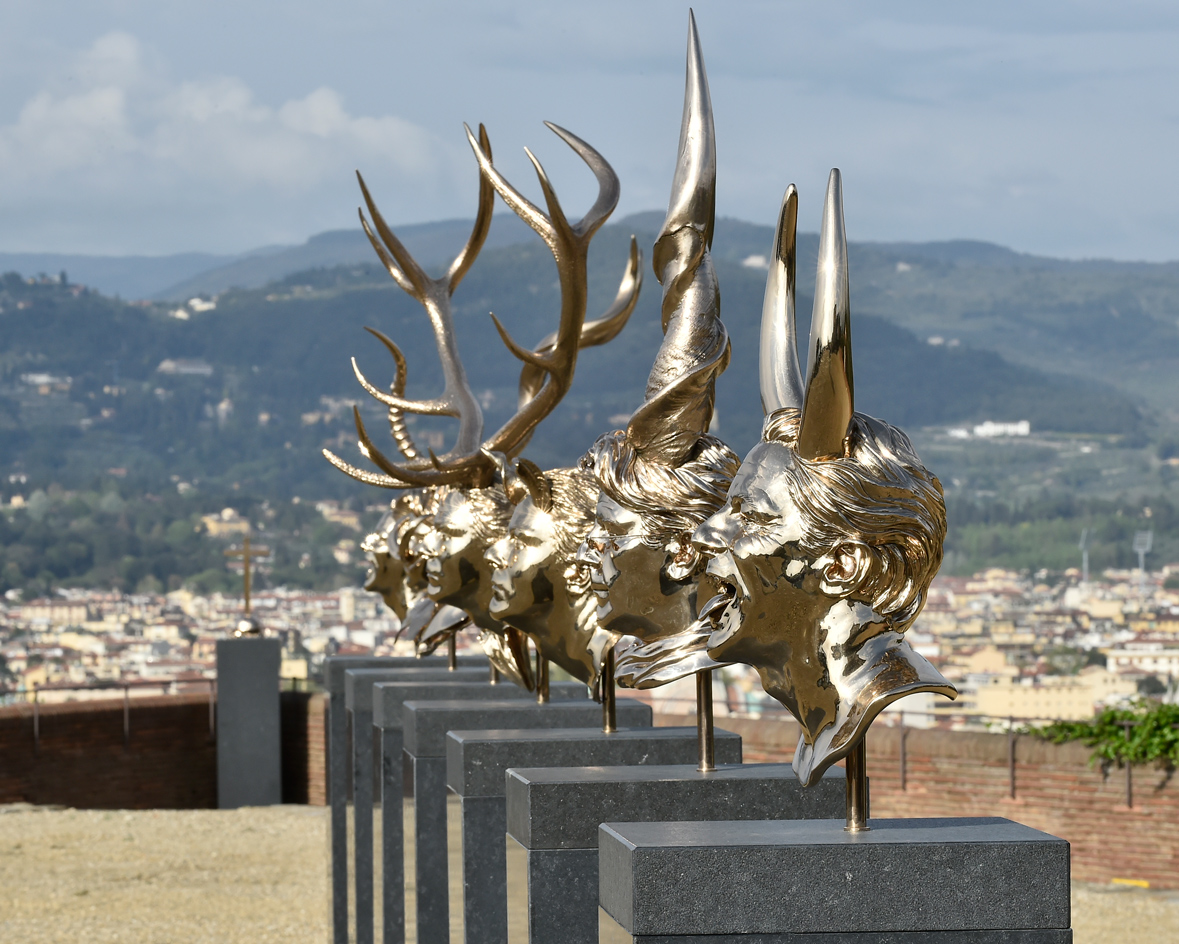
Chapters I–XVIII, 2010
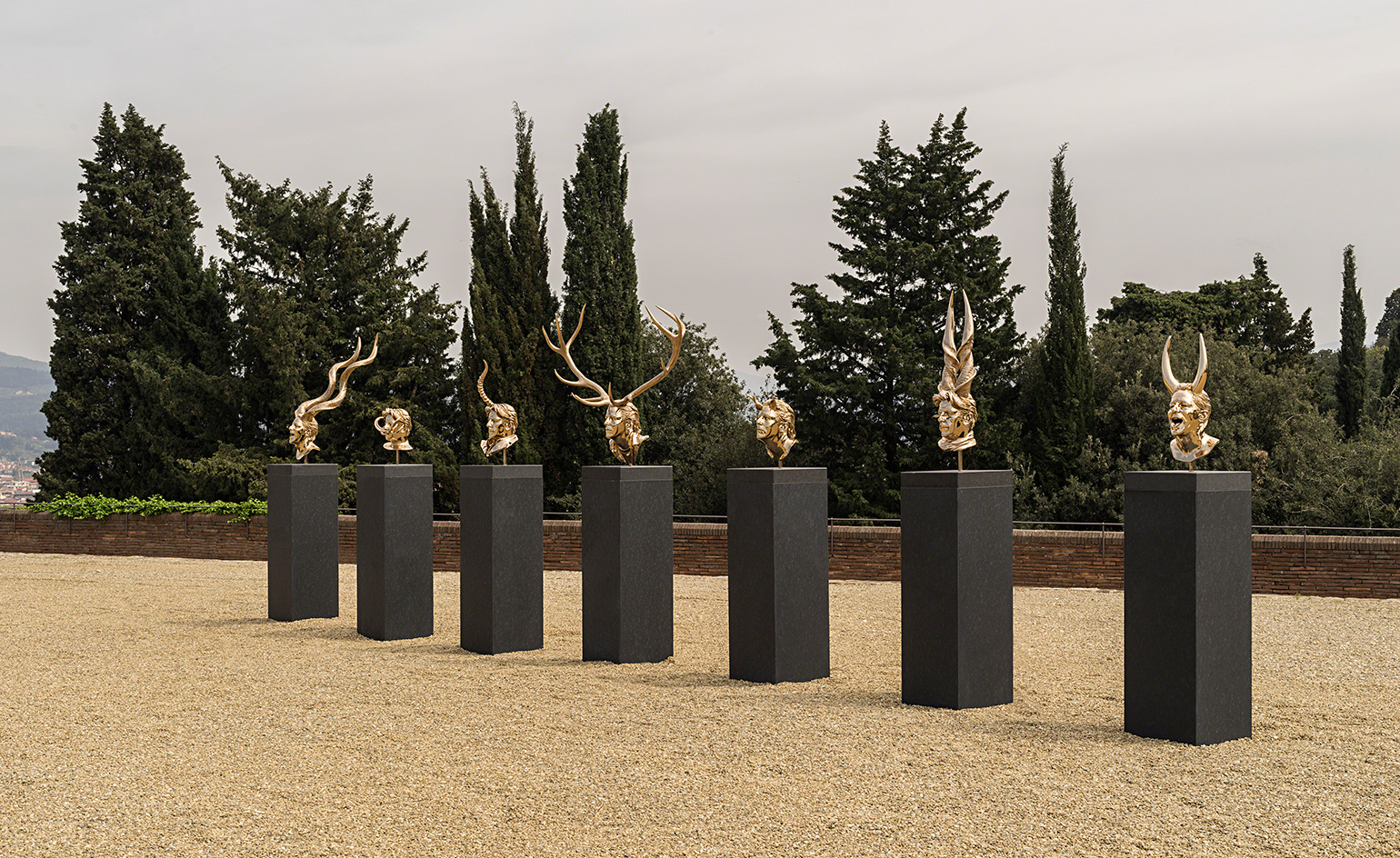
Chapters I–XVIII, 2010

The man who gives a light, 2002.
INFORMATION
For more information, visit Jan Fabre’s website
Photography courtesy Angelos Bvba
Receive our daily digest of inspiration, escapism and design stories from around the world direct to your inbox.
Siska Lyssens has contributed to Wallpaper* since 2014, covering design in all its forms – from interiors to architecture and fashion. Now living in the U.S. after spending almost a decade in London, the Belgian journalist puts her creative branding cap on for various clients when not contributing to Wallpaper* or T Magazine.
-
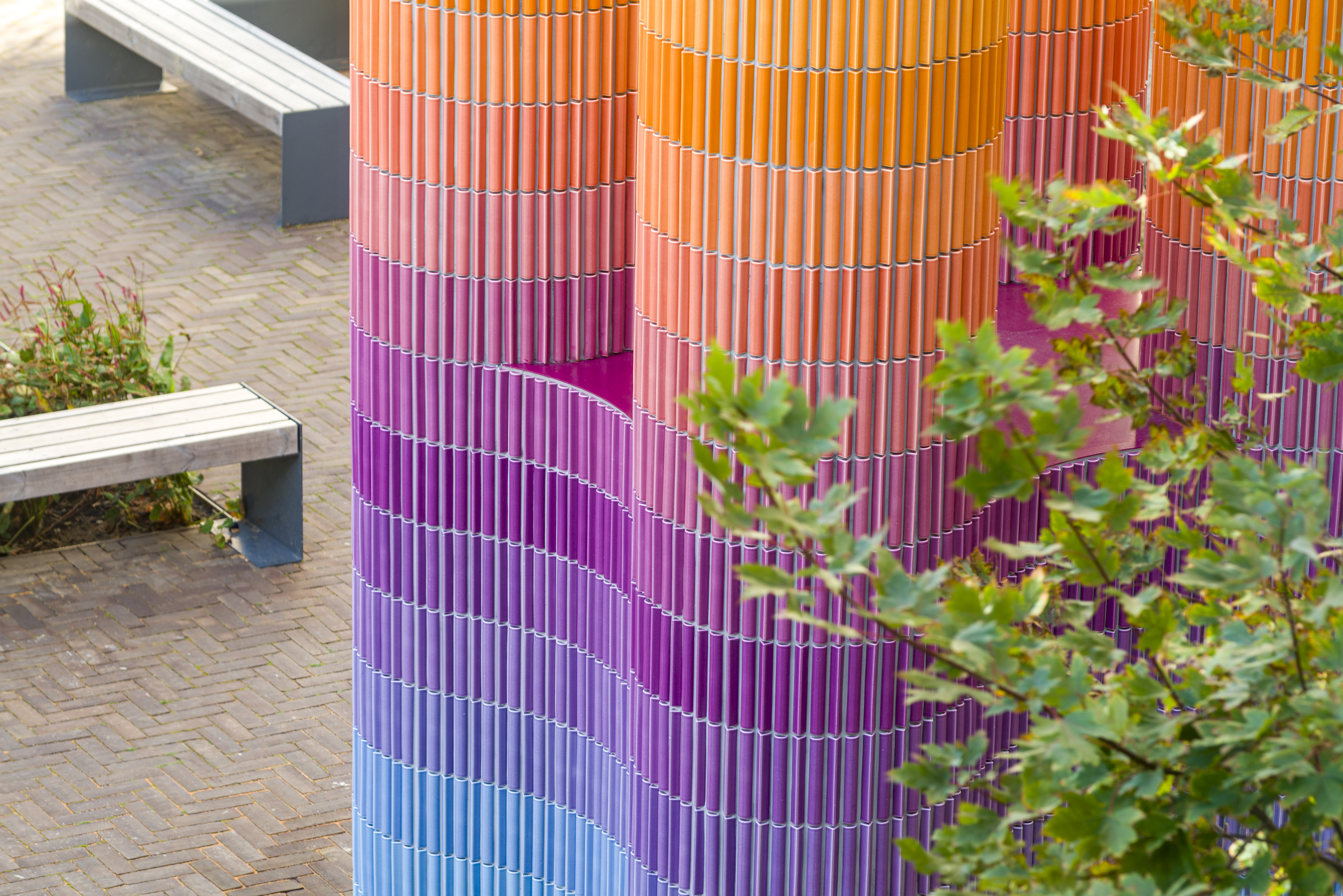 'It offers us an escape, a route out of our own heads' – Adam Nathaniel Furman on public art
'It offers us an escape, a route out of our own heads' – Adam Nathaniel Furman on public artWe talk to Adam Nathaniel Furman on art in the public realm – and the important role of vibrancy, colour and the power of permanence in our urban environment
-
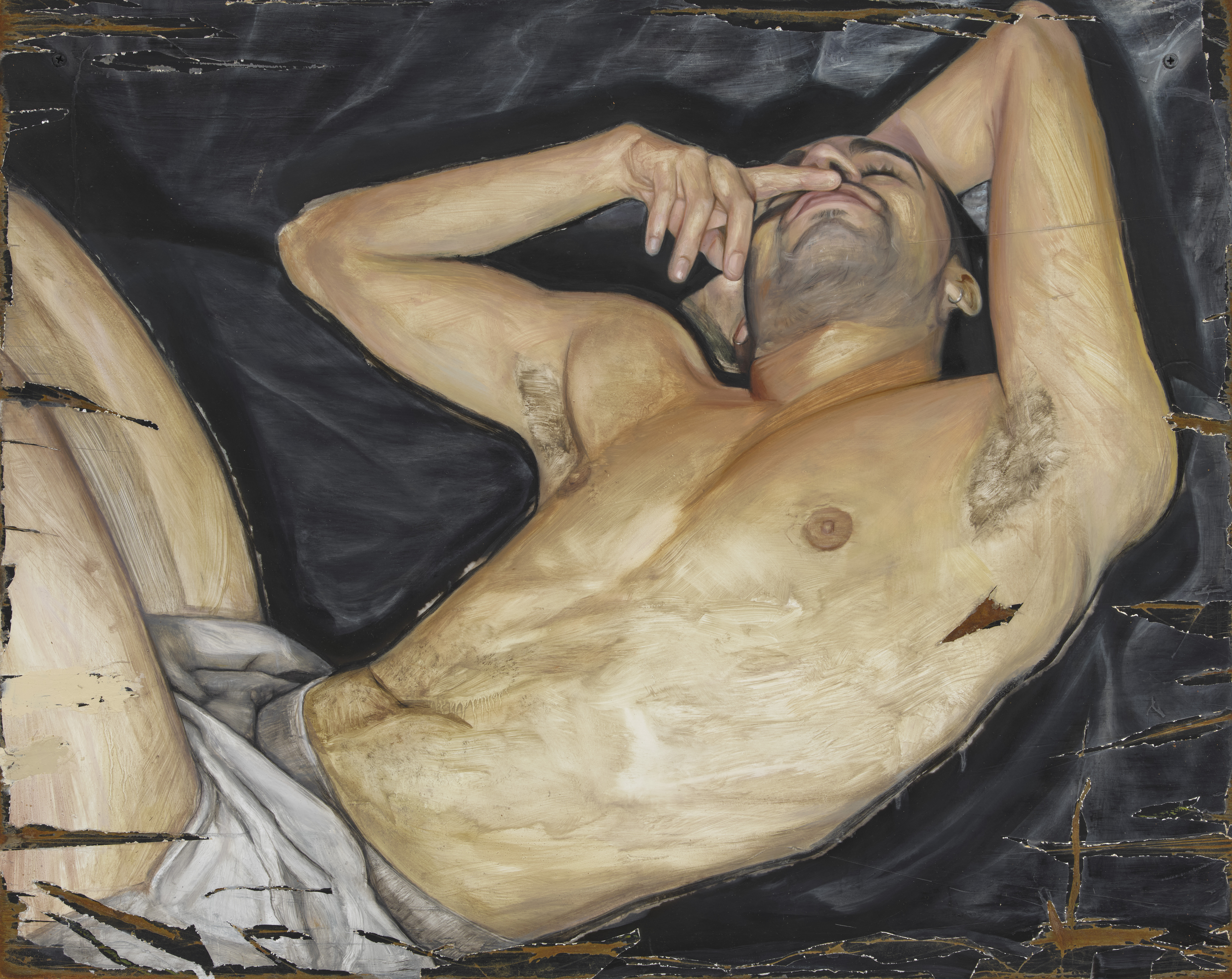 'I have always been interested in debasement as purification': Sam Lipp dissects the body in London
'I have always been interested in debasement as purification': Sam Lipp dissects the body in LondonSam Lipp rethinks traditional portraiture in 'Base', a new show at Soft Opening gallery, London
-
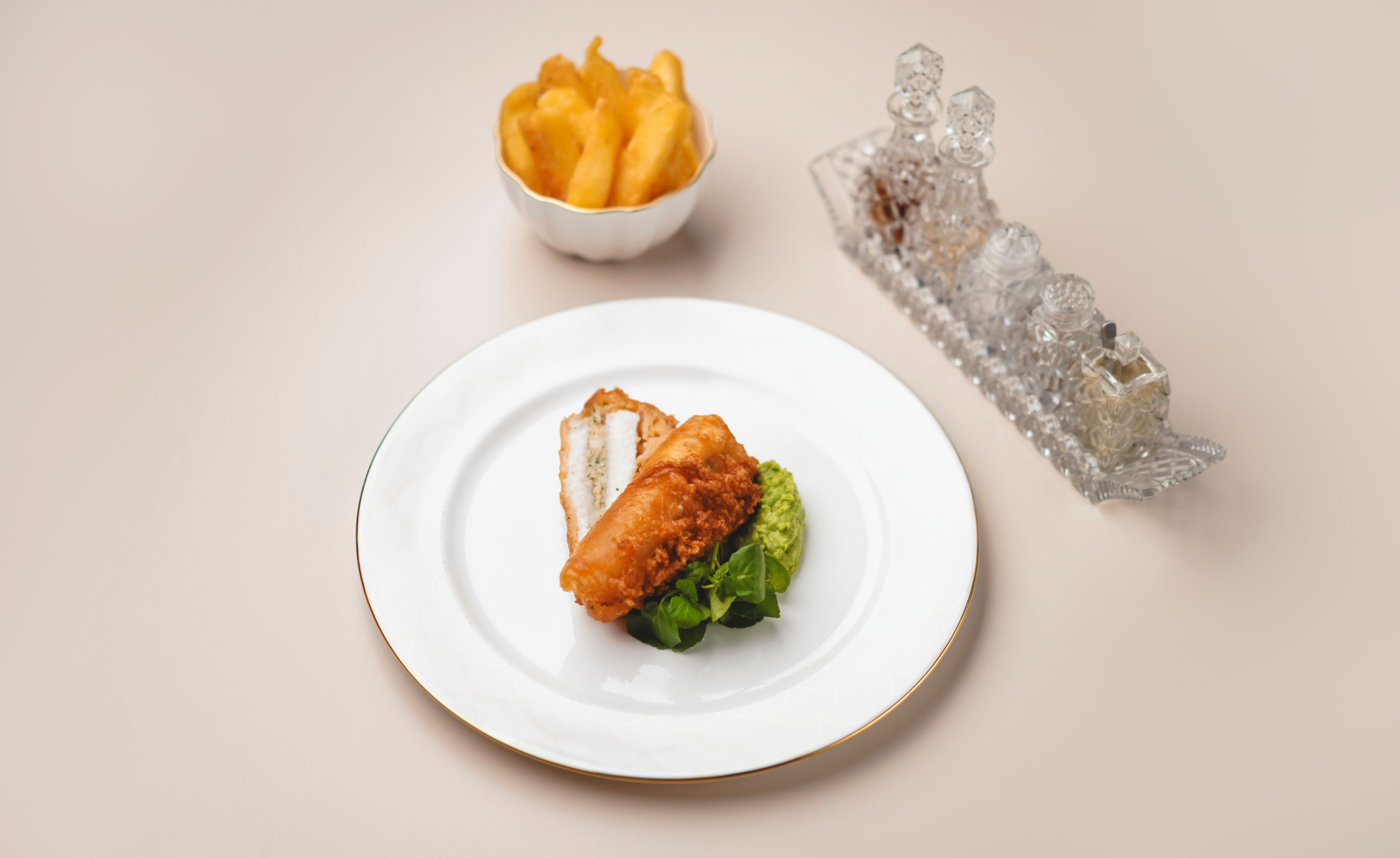 Upgrade your fish and chips at Corenucopia by Clare Smyth
Upgrade your fish and chips at Corenucopia by Clare SmythThe three-star chef brings her mastery of British classics to Belgravia, with lavish interiors, nostalgic flavours and a distinctly playful sense of excess
-
 A forgotten history of Italian artists affected by the HIV-AIDS crisis goes on show in Tuscany
A forgotten history of Italian artists affected by the HIV-AIDS crisis goes on show in Tuscany‘Vivono: Art and Feelings, HIV-AIDS in Italy. 1982-1996’, at Centro per l'Arte Contemporanea Luigi Pecci in Prato delves into the conversation around the crisis
-
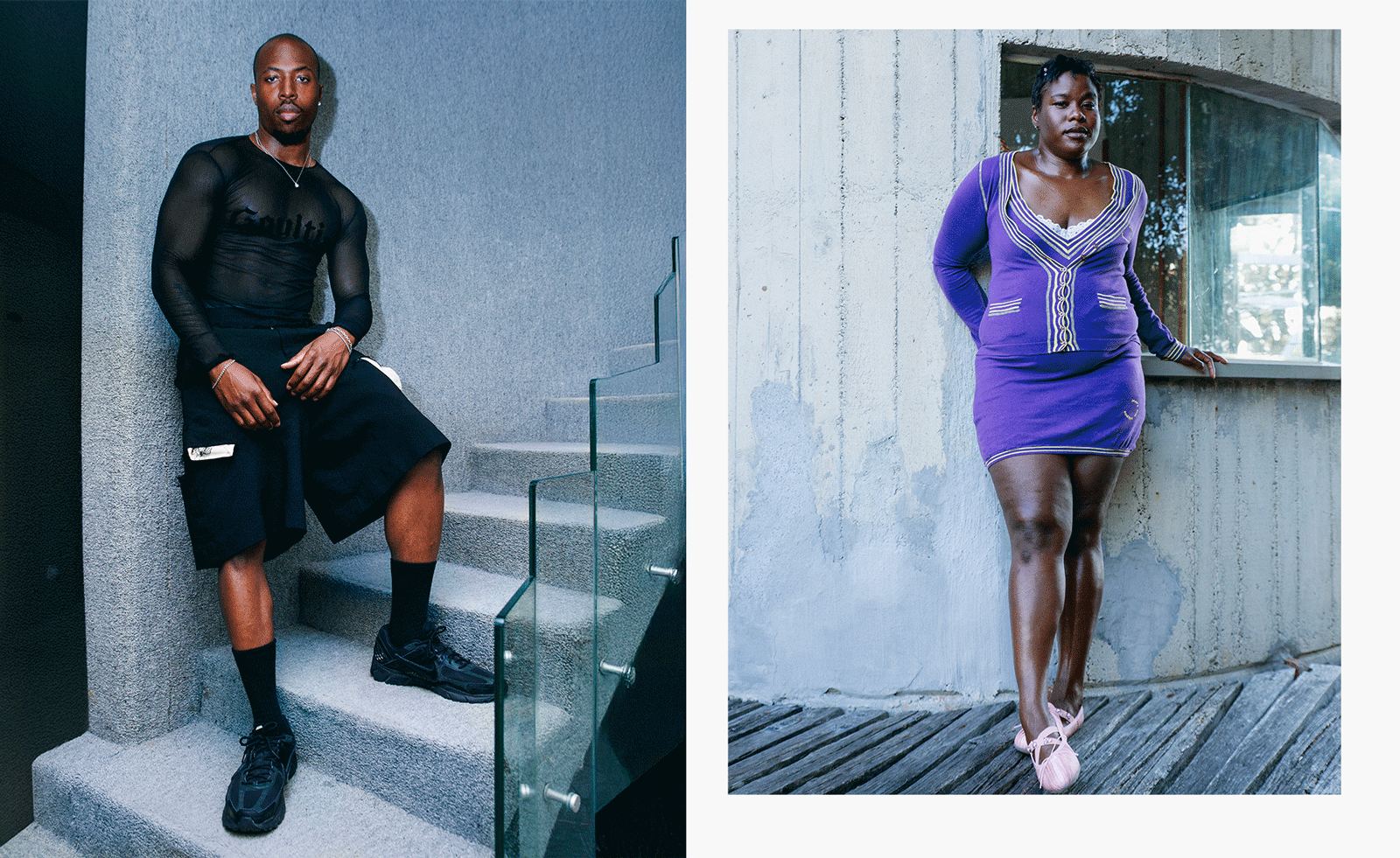 Creativity and rest reign at this Tuscan residence for Black queer artists
Creativity and rest reign at this Tuscan residence for Black queer artistsMQBMBQ residency founder Jordan Anderson sparks creativity at his annual Tuscan artist residency. Wallpaper* meets him to hear about this year's focus.
-
 Rolf Sachs’ largest exhibition to date, ‘Be-rühren’, is a playful study of touch
Rolf Sachs’ largest exhibition to date, ‘Be-rühren’, is a playful study of touchA collection of over 150 of Rolf Sachs’ works speaks to his preoccupation with transforming everyday objects to create art that is sensory – both emotionally and physically
-
 Architect Erin Besler is reframing the American tradition of barn raising
Architect Erin Besler is reframing the American tradition of barn raisingAt Art Omi sculpture and architecture park, NY, Besler turns barn raising into an inclusive project that challenges conventional notions of architecture
-
 Photographer Mohamed Bourouissa reflects on society, community and the marginalised at MAST
Photographer Mohamed Bourouissa reflects on society, community and the marginalised at MASTMohamed Bourouissa unites his work from the last two decades at Bologna’s Fondazione MAST
-
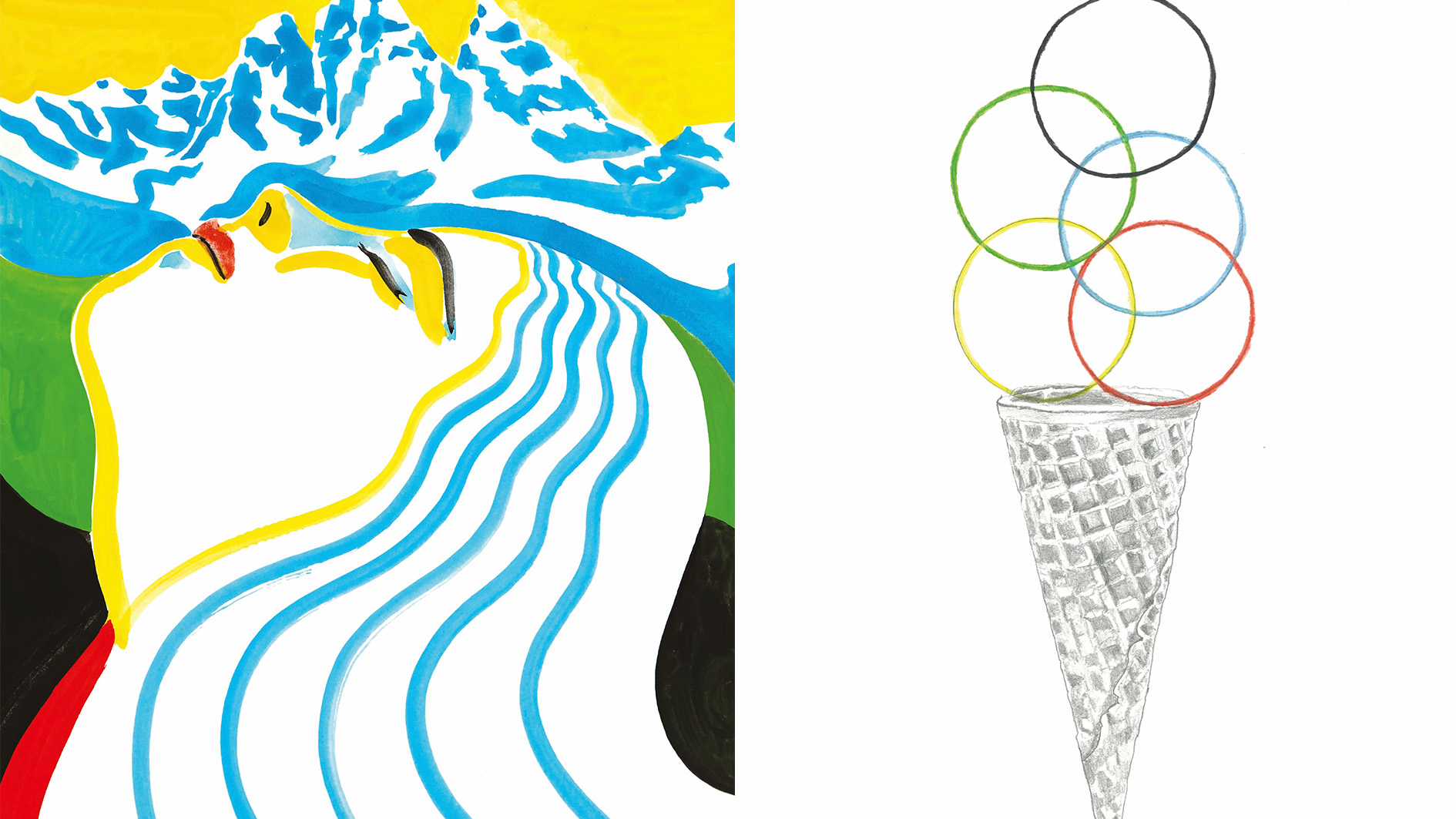 Ten super-cool posters for the Winter Olympics and Paralympics have just been unveiled
Ten super-cool posters for the Winter Olympics and Paralympics have just been unveiledThe Olympic committees asked ten young artists for their creative take on the 2026 Milano Cortina Games
-
 What is recycling good for, asks Mika Rottenberg at Hauser & Wirth Menorca
What is recycling good for, asks Mika Rottenberg at Hauser & Wirth MenorcaUS-based artist Mika Rottenberg rethinks the possibilities of rubbish in a colourful exhibition, spanning films, drawings and eerily anthropomorphic lamps
-
 San Francisco’s controversial monument, the Vaillancourt Fountain, could be facing demolition
San Francisco’s controversial monument, the Vaillancourt Fountain, could be facing demolitionThe brutalist fountain is conspicuously absent from renders showing a redeveloped Embarcadero Plaza and people are unhappy about it, including the structure’s 95-year-old designer